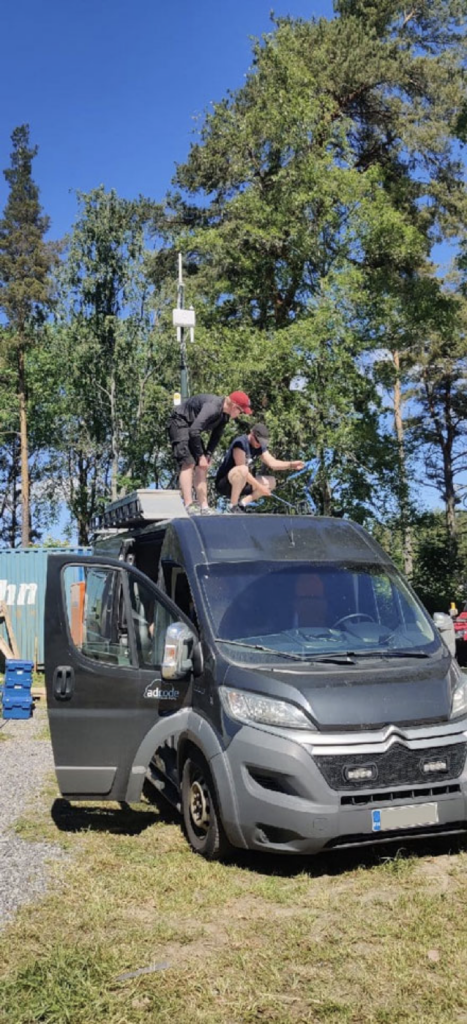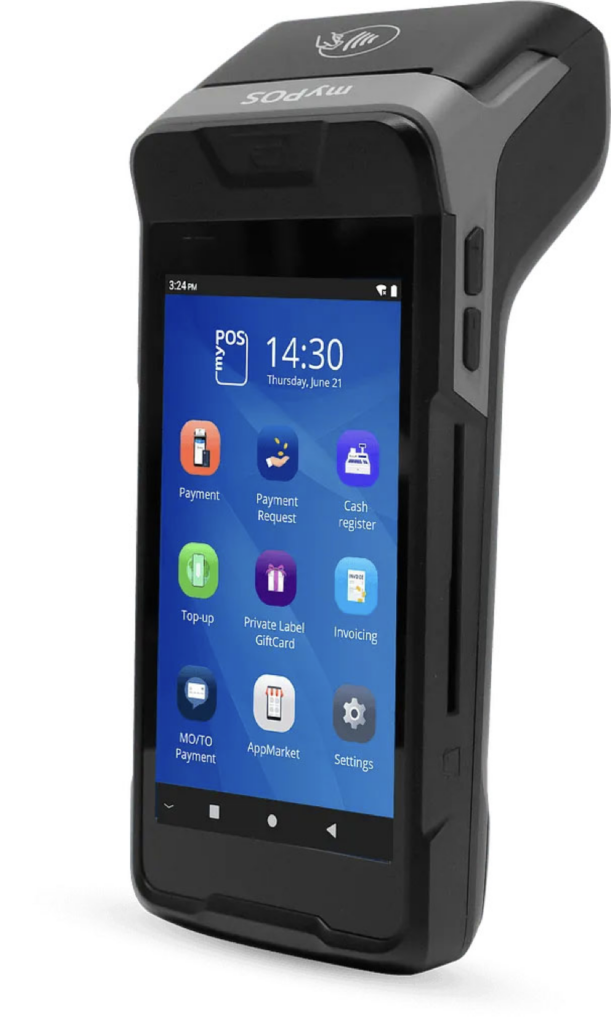Summer is the time for relax and enjoy outdoors activities such as festivals, sports events, etc. Most of them happen outside crowded areas and that is the beauty of such events. The COVID set a halt on these events but summer 2022 has seen these activities to surge. In time for IoT-NG to bring the portable 5G solution that enable flexibility to deploy the infrastructure for those events and support enjoyable experiences after long confinement.
Any last vestiges of cash-based exchange were quietly swept away with COVID. Now all-IP transactional are dominant and in addition to cards, any personal consumer device, from your phone to your watch and other wearables are all well in play.
In these summer events the all-IP, mobile POS (Point Of Sale) infrastructure is ubiquitous. But that’s not to say it’s perfect. While POS is not a data capacity intensive activity – traffic volume between the POS and cloud is minimal – it needs to be fast and above all pervasively stable and secure. In mobile POS environments, lags and lost connectivity means loss of sales. Here queues need to be minimal to non-existent, and establishing predictable working latency is the first test of that requirement.
Of course POS systems are everywhere, but they are to say the least rarely found in the open pastures, forests and farmers’ fields that make perfect locations for summer outdoor events and festivals. It’s no surprise then that the very same realities faced by other mission-critical mobile IP operations, say broadcasting or public safety, are alive and well in large scale public event POS systems. Any faith that an available public wireless network will support the activity is a pipe dream. Public networks in rural areas are typically at or near capacity without any roaming visitors. Now try adding 50,000 festival visitors.
And here our brilliant use case becomes a vivid case study of precisely this novel application. But before going to the solution, let’s look at the BAU standard approach and what, in the not too distant past, were considered “solutions”, and now show stopping problems.
Public mobile not being a viable option, event organizers typically book mobile communications network service providers. Until very recently these providers were limited to extending temporary fiber lines to the broadband node and serving the event’s wireless requirements via many tens of WiFi Access Points (APs) throughout the temporary location. While this gets you stable broadband within a short distance of the WiFi AP, beyond 50 meters or so, signal quickly peters out. Often in life, they say you get what you pay for, but in the above scenario, what you get for the high cost of a temporary fiber network installation, is quite underwhelming even after weeks of skilled labor. Add to that the very real costs of sales losses, bad customer experience and to top it all off, a MUCH bigger carbon footprint, and you get far less than the price paid.
It is with these constraints in mind that we look to the case study in question, this year’s Jukolan Viesti (Festival) in Finland pictured above, a traditional nighttime orienteering competition that attracts some 50,000 visitors in a new location each year. In another Finland First, the very traditional Jukolan Viesti elected to chart a thoroughly modern mobile POS capability with a non-public mobile network.
Jukolan turned to Finnish turnkey POS solution provider Helppari whose systems have been designed precisely to run atop non-public LTE across the great Finnish outdoors. The only external requirement is a temporary wireless frequency license for theat location which is rather easy to acquire.
As fast to install as to tear down, and as simple as it is to set up and run, labor and time is fractional. To make the magic happen, one simply needs to connect fiber to the Core and the Core to the mobile eNodeB, all ruggedized, professional grade equipment. Once, and very quickly, up and running the non-public network’s considerably higher power and coverage dwarfs WiFi Mesh, providing significantly better, more reliable, and much wider ranging signal. From there, additional benefits include POS OS options that include the much less expensive, more flexible Android-based readers (pictured at right) that also boast much longer battery life.

It’s no wonder that the core business needs of the festival, namely reliable mobile visitor payment, drives the case for non-public networks in the context of large scale outdoor events. Once there, it’s hard not to notice all of the many other use cases that could be put into play on the same network from public safety to real-time HD video broadcast contribution. The very same network can support different traffic classes that can be prioritized and capacity limits defined per UE. Need to add more users and applications to the network? Simply slip in the network’s SIM card and you are away to the races.
IoT-NG has been present in these vents with Cumucore delivering mobile packet core for building reliable connectivity for private network service to have fully distributed PoS. The beauty of the system is that installation is quick and coverage sufficient for the event with the additional cost saving on subscriptions, etc.

